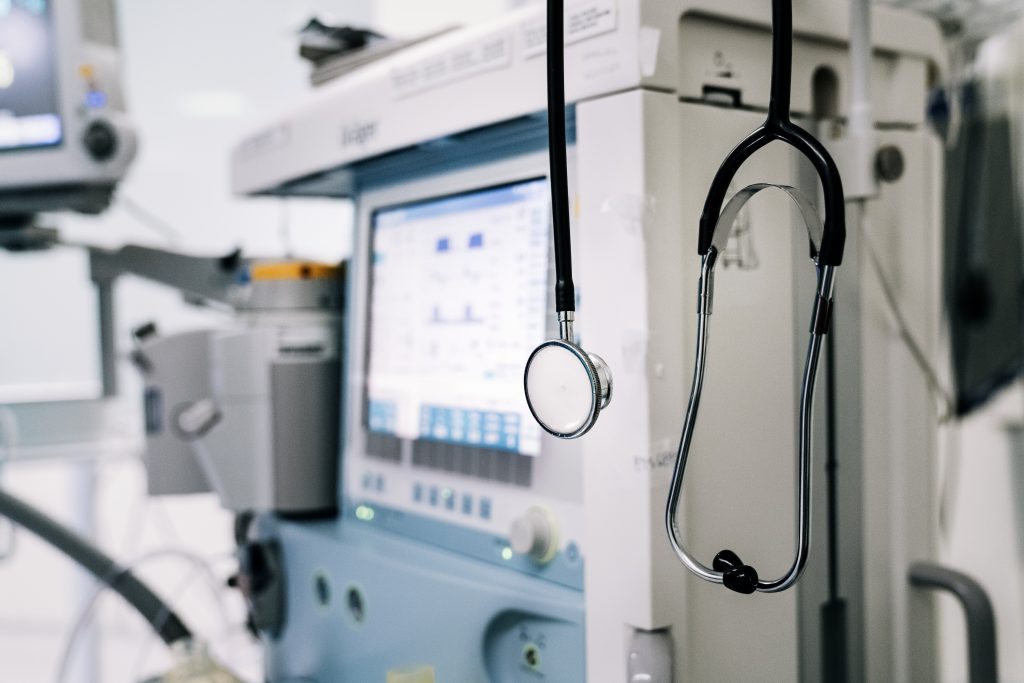
Blog post
Prioritizing Mental Health as a Universal Human Right
By: Neltada Charlemagne, DNP, APRN, PMHNP-BC, PHN, BHC
Download our Ventilator Fact Sheet below.
In this time of COVID-19, we all hear a lot on the news about people being put on ventilators to try to save their lives. While ventilators can offer hope for many patients, not everyone chooses to go on a ventilator when given the choice. There are benefits and potential complications of going on a ventilator. Read on to learn more:
What does a ventilator do?
First of all, it’s important to understand that a ventilator is used to help people breathe when they can’t breathe on their own. It is a type of life support. A tube from the ventilator machine is inserted through the mouth, down into the windpipe. The end of the tube blows oxygen into the lungs, and it allows carbon dioxide and other waste to be exhaled. The ventilator provides air pressure to keep the lungs open, and the tube makes it easier to remove mucus that builds up in the lungs.
What is it like to be on a ventilator?
The tube from the ventilator can feel uncomfortable, but it is not usually painful. Most people need sedating medicine to tolerate the discomfort. Some people require restraints to prevent them from dislodging the tube. For critically ill people, medications might be given to prevent movement—this makes it easier for the ventilator to provide enough oxygen.
Being on a ventilator usually means being in an intensive care unit. While on a ventilator, you cannot eat or drink. Artificial nutrition can be given through a small tube in your nose (tube-feeding). While on a ventilator, you cannot talk. If you’re not sedated, you can write notes to communicate.

How long do people stay on a ventilator?
Four things determine how long a patient may be on a ventilator:
What happens if you decide that you wouldn’t want to be on a ventilator?
If you think that would choose not to have a ventilator, understand that your healthcare team would continue to care for you using noninvasive methods of delivering oxygen. They would use treatments for any distressing symptoms, and ensure you are as comfortable as possible.
No matter what you decide about your care, your providers will respect your decisions.
To learn more about making your healthcare wishes clear and documented, read our blog post, “Understanding Advanced Care Planning.”

By: Neltada Charlemagne, DNP, APRN, PMHNP-BC, PHN, BHC

Older adults can safeguard themselves from the physical, mental and emotional toll of unexpected medical costs.

Optum Care Network – Monarch has teamed up with Landmark to deliver in-home medical care to members with multiple chronic conditions.